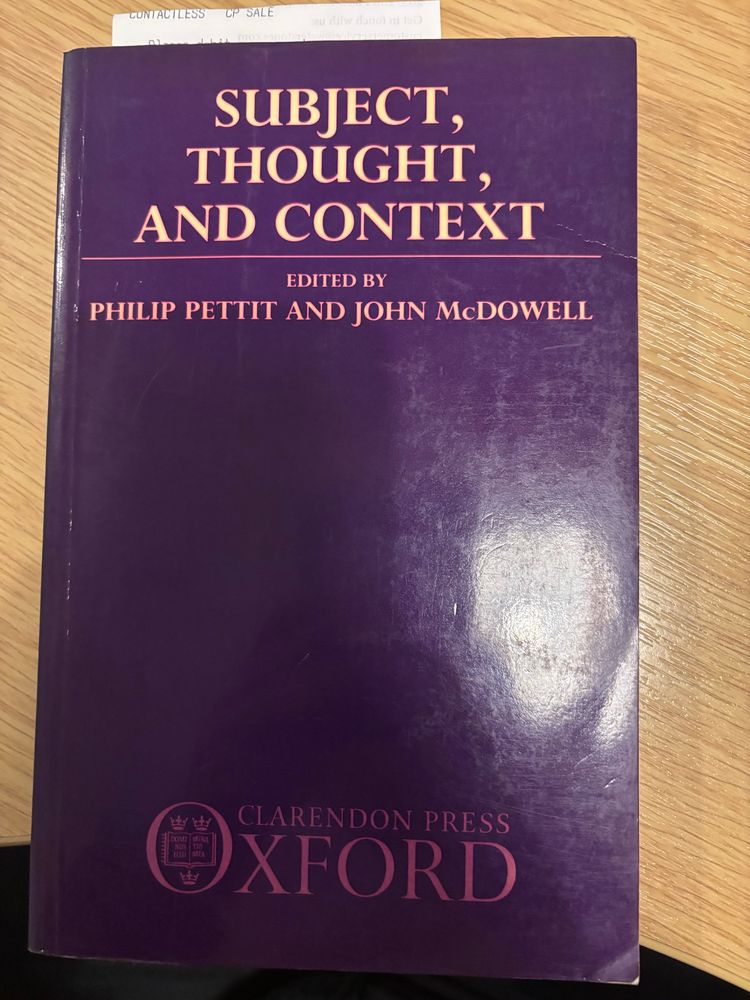Mark Eli Kalderon
@markelikalderon.bsky.social
2.9K followers
670 following
770 posts
Philosopher working on philosophy of perception and its history
Posts
Media
Videos
Starter Packs
Reposted by Mark Eli Kalderon
Reposted by Mark Eli Kalderon
Reposted by Mark Eli Kalderon
Reposted by Mark Eli Kalderon
Reposted by Mark Eli Kalderon
Reposted by Mark Eli Kalderon
















